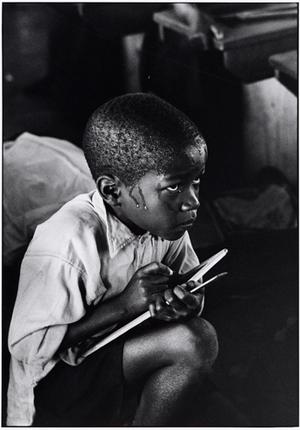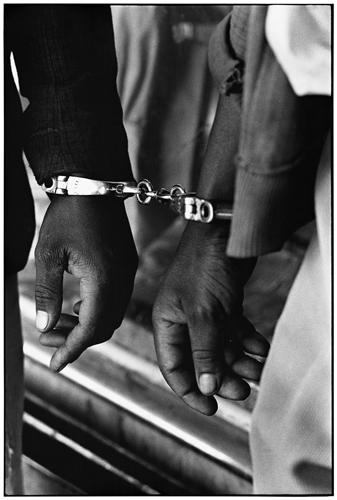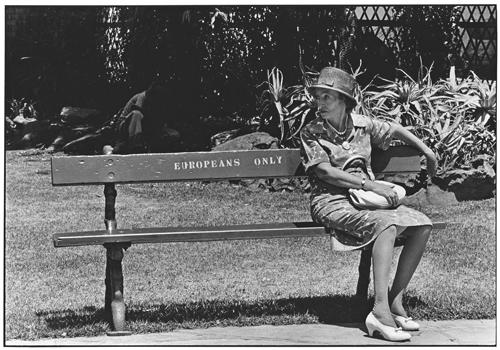 The Leonard Lopate Show
The Leonard Lopate Show
Published by
The Leonard Lopate Show
Apartheid Through the Eyes of One of South Africa’s First Black Photojournalists
In the mid-1960s, photojournalist Ernest Cole undertook a dangerous mission—to produce a volume of photographs that would reveal to the world the excruciating realities of life under apartheid. The result was the groundbreaking book House of Bondage: A South African Black Man Exposes in His Own Pictures and Words the Bitter Life of His Homeland Today, published in 1967 with an introduction by Joseph Lelyveld. Lelyveld discusses Cole’s work and legacy and the upcoming exhibition "Ernest Cole: Photographer” at NYU’s Grey Art Gallery. It is on view through December 6.
According to musician Julian Bahula, a childhood friend of Cole’s, the law forbade photography of people being handcuffed by the police.



